The Poetics of Intimacy and the Problem of Sexual Abstinence- Revised Edition
Extraits

Histoire de France
CRASH IN BAYEUX - The Last Flight of Sergeant Ferguson
09/2014
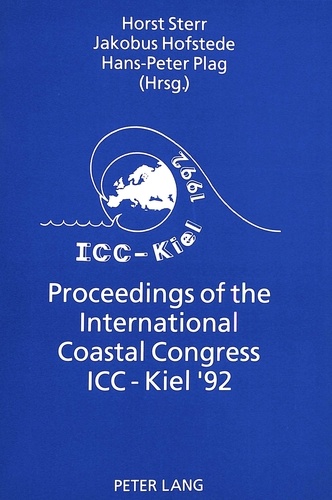
Non classé
Proceedings of the International Coastal Congress ICC-Kiel '92
05/1993
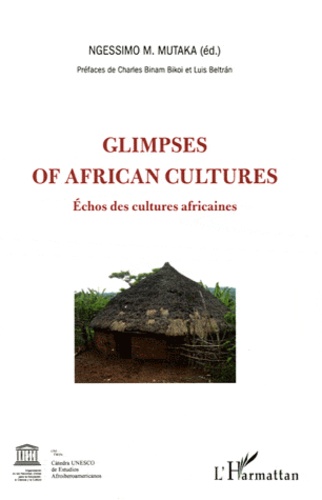
Ethnologie
Glimpses of african cultures. Echos des cultures africaines, Edition bilingue français-anglais
04/2011

Sciences politiques
Scripture and Midrash in Judaism
03/1994
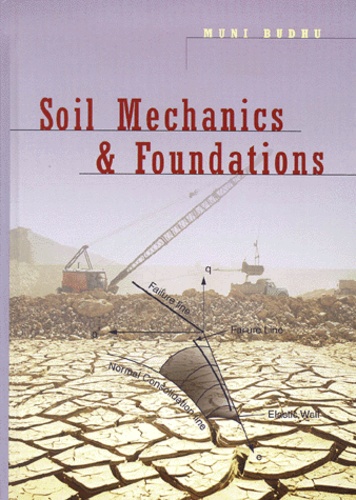
Technologies
SOIL MECHANICS AND FOUNDATIONS. CD-Rom included
01/2000

Non classé
Music, Poetry, Propaganda
04/2012
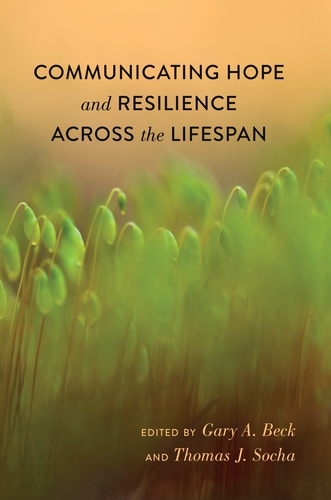
Sociologie
Communicating Hope and Resilience Across the Lifespan
03/2015
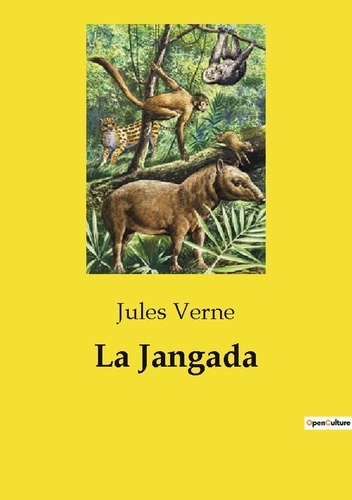
Littérature française
La jangada. .
06/1981
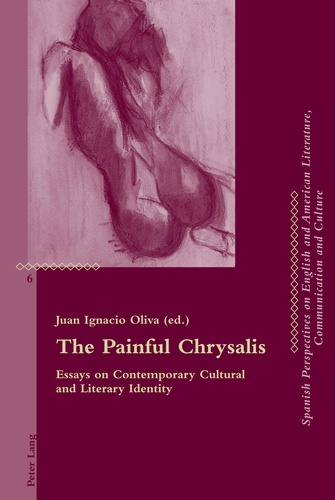
Non classé
The Painful Chrysalis
09/2011
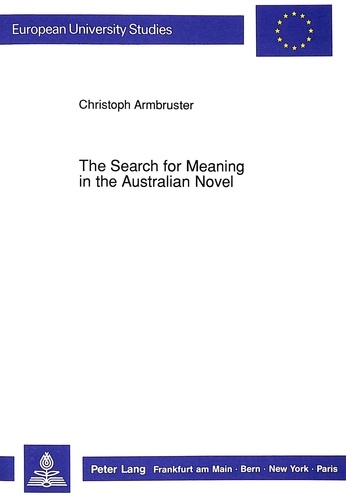
Sociologie
The Search for Meaning in the Australian Novel
10/1991
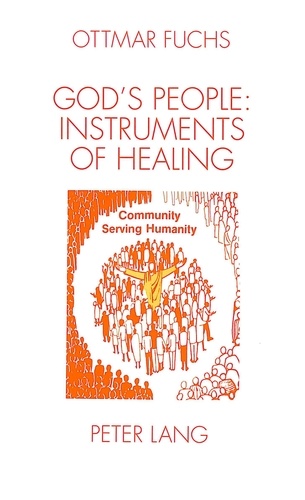
Religion
God's People: Instruments of Healing
07/1993

12 ans et +
The rest of the story
06/2019

Lectures graduées
The Turn of the Screw
05/2023

Mouvements artistiques
Frank Auerbach. The Charcoal Heads
03/2024

Monographies
Burmese Silver from the Colonial Period
09/2022
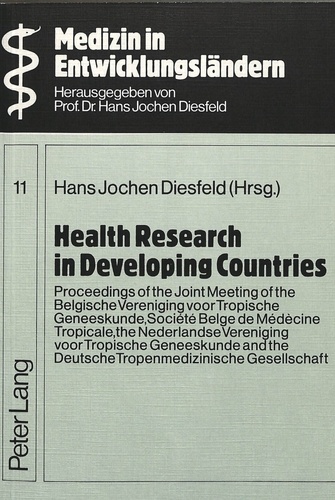
Non classé
Health Research in Developing Countries
12/1982
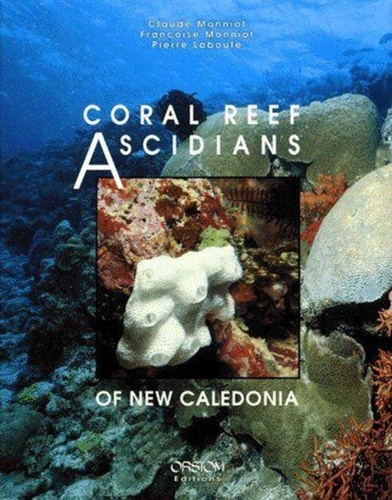
Sciences de la terre et de la
Coral reef ascidians of New Caledonia
08/1991

Critique littéraire
Marsilio Ficino in Germany from Renaissance to Enlightenment. A Reception History
06/2022
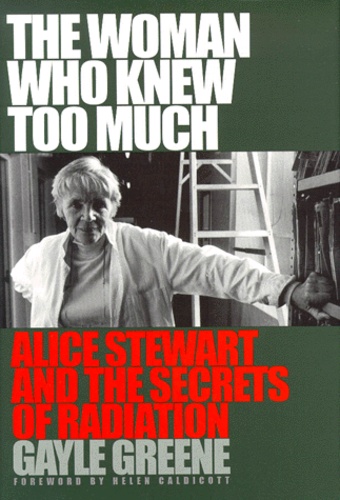
Histoire et Philosophiesophie
THE WOMAN WHO KNEW TOO MUCH. Alice Stewart and the secrets of radiation
02/2000
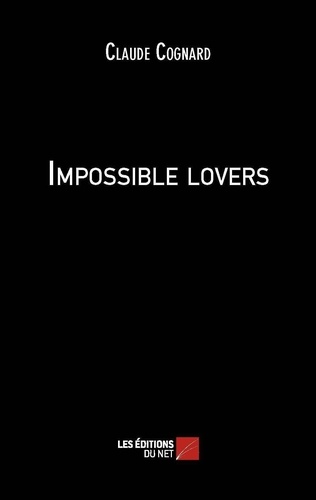
Théâtre
Impossible lovers
02/2013
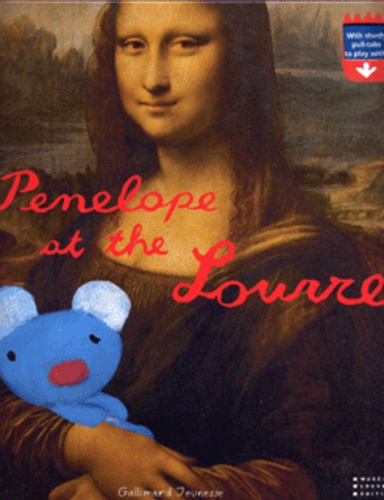
Livres 3 ans et +
Penelope at the Louvre
01/2009

Histoire et Philosophiesophie
SCIENCE, TECHNOLOGY AND SOCIETY IN CONTEMPORARY JAPAN
01/1999

Sociologie
A Handbook of Global Citizenship Education. The Belgian perspective
01/2023
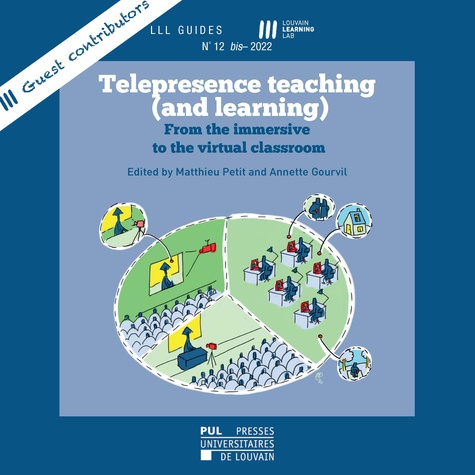
Sociologie
Cahiers du LLL n° 12 bis – Telepresence teaching (and learning). From the immersive to the virtual classroom
06/2022
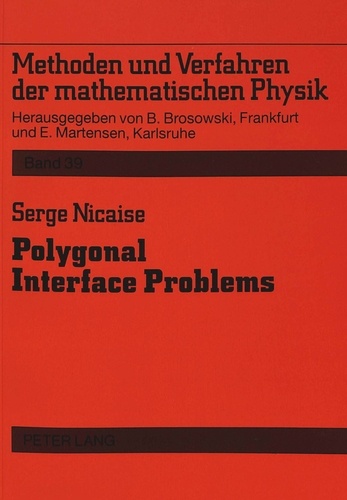
Religion
Polygonal Interface Problems
08/1993

Histoire et Philosophiesophie
SCIENCE AND TECHNOLOGY IN WORLD HISTORY. An introduction
01/1999
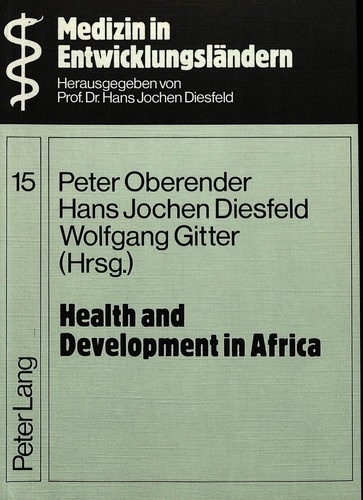
Non classé
Health and Development in Africa
12/1983

Anglais apprentissage
Acacia thorn in my heart
09/2001
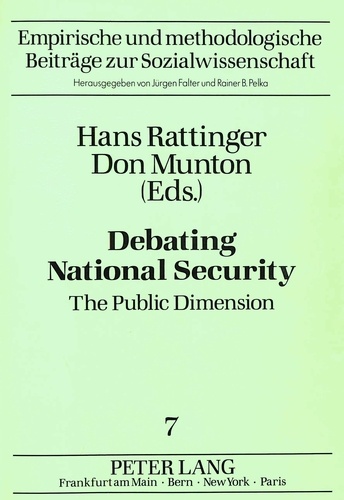
Non classé
Debating National Security
04/1991
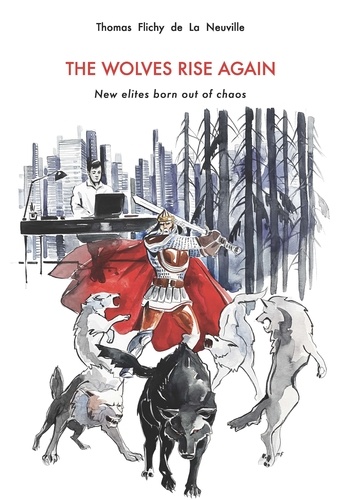
Ethnologie et anthropologie
The Wolves Rise Again. New elites born out of chaos
06/2022
